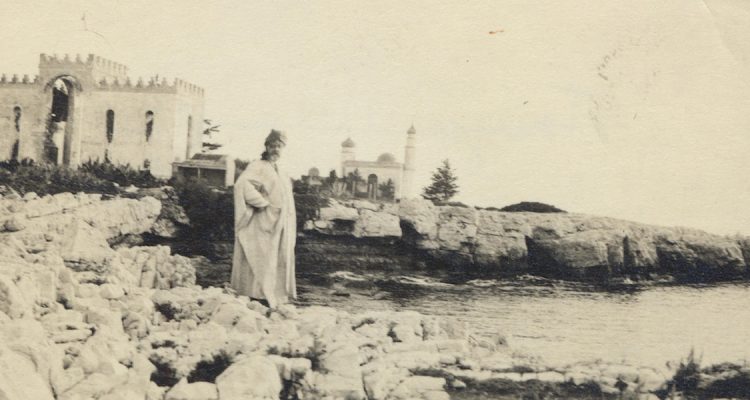A small but interesting exhibit at the Musée Matisse in Nice shines the light on the Algerian desert town that influenced some of Europe’s most celebrated artists
Today, there is not much to write home about Biskra, the dusty town on the northern edge of the Sahara desert, some 400km land inwards from Algiers. But if you look back, it reveals a remarkable history. Already a well-established oasis in Roman days in 200 CE, it has over time been home to Arabs and Bedouins, until in 1844 it became a French garrison. The French built a modern extension and planted hundreds of thousands of palm and fruits trees, which in turn earned the town the nickname of “Nice of the Algiers”. No wonder therefore that toward the end of the 19th century, it became a tourist attraction, exploiting the clichés of Orientalism to attract numerous foreigners to an exotic location accessible by rail.
The oasis became also popular among artists and writers of the 19th and early 20th century avant-garde. Among them was Henri Matisse who in the spring of 1906 spent two weeks in Algeria and the oasis of Biskra.
![Photochrom Zurich, Biskra. Seguia dans la Vielle Ville [Marabout de Sidi Lahsen]](http://riviera-buzz.com/wp-content/uploads/2018/01/95.-Photochrom-Zurich-Biskra.-Seguia-dans-la-Vielle-Ville-Marabout-de-Sidi-Lahsen.jpg)
The current temporary exhibition at the Musée Matisse, “Biskra – Rêver d’une Oasis” investigates the visual culture of the town called the “Queen of the Oases” by the Arabs. Vintage photographs and postcards of the day are used to picture a winter tourism resort complete with hot spring baths and a casino near the vast date-palm groves. Rather than a collection of Matisse’s Biskra-themed work, this is a contemporaneous snapshot of the town at the time of the artist’s visit.
Matisse’s first contact with “the Orient” would affect him profoundly and for a long time to come. Memories of Biskra surfaced in his odalisques painted in Nice during the 1920s, when the local Victorine Studios were shooting Rex Ingram’s film The Garden of Allah, partly set in Biskra.
“The Biskra oasis is very beautiful. You come to understand that you would need to spend several years in these countries to explore them and that you cannot just apply your own palette and your system.”
Henri Matisse in a letter to his friend Henri Manguin, 1906
Among the many other artists inspired by Biskra’s unique blend of Orient and Occident were André Gide whose experience led to his first novel The Immoralist, and the Hungarian composer Béla Bartók who recorded Arabic songs there.
The exhibit, organized with the support of the Institut du monde arabe in Paris, is still open through January 28.
![]()
CONTACT DETAILS
Musée Matisse
164, avenue des Arènes de Cimiez
Cimiez
06000 Nice
![]()
All images courtesy Musée Matisse, © Succession H. Matisse
Lead image Henri Matisse en costume oriental,
Cap d’Antibes, vers 1921
© Succession H. Matisse
Photo : Archives Henri Matisse (D.R)
Biskra. Seguia dans la Vielle Ville,
Marabout de Sidi Lahsen
Photochrome Zurich Library of Congress



Leave a Reply